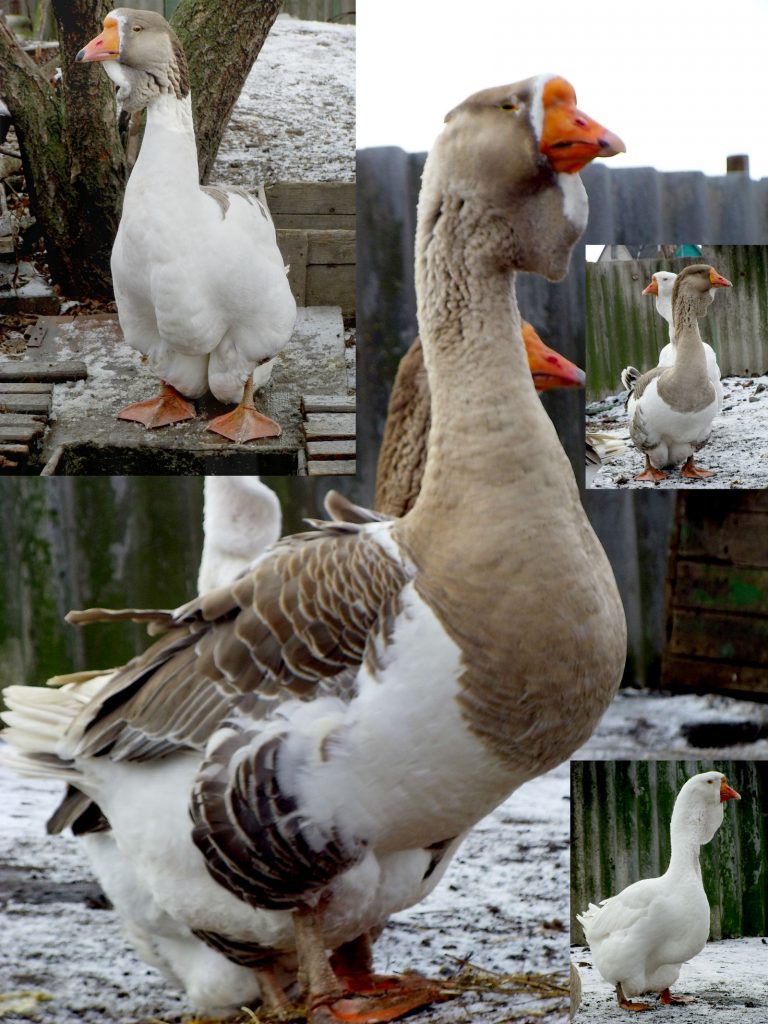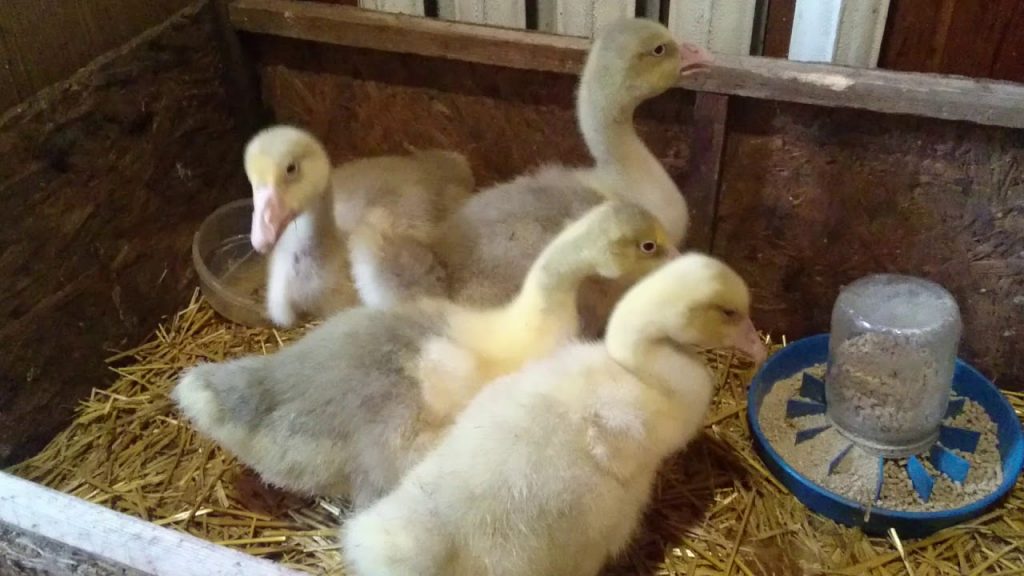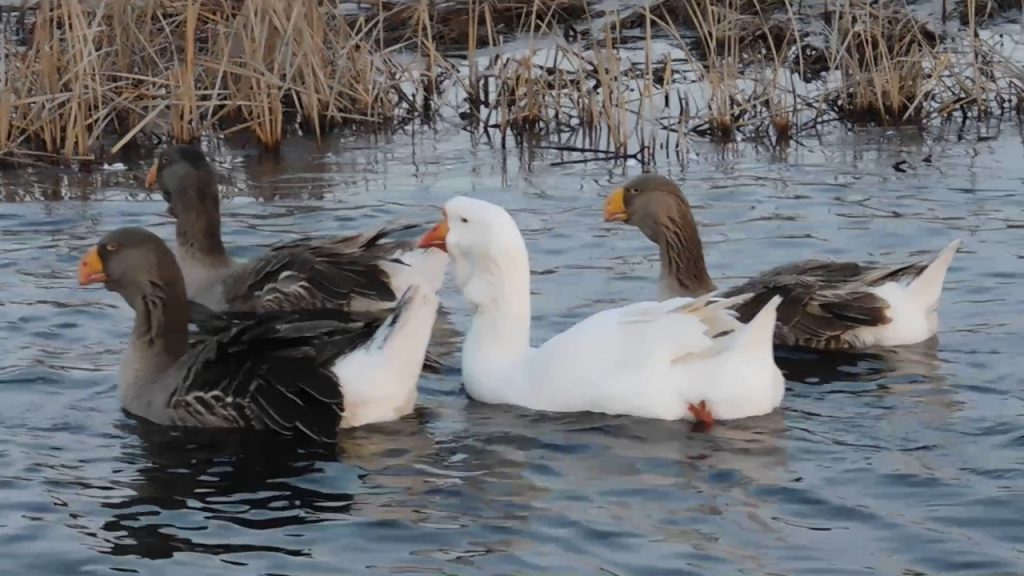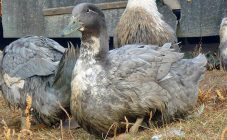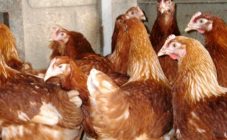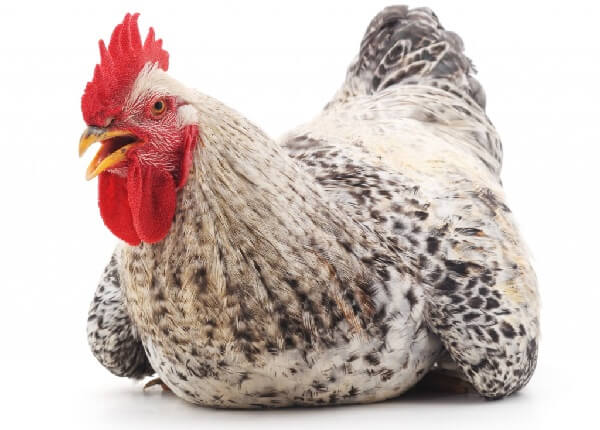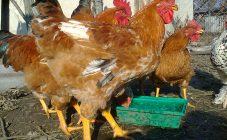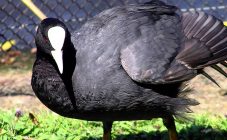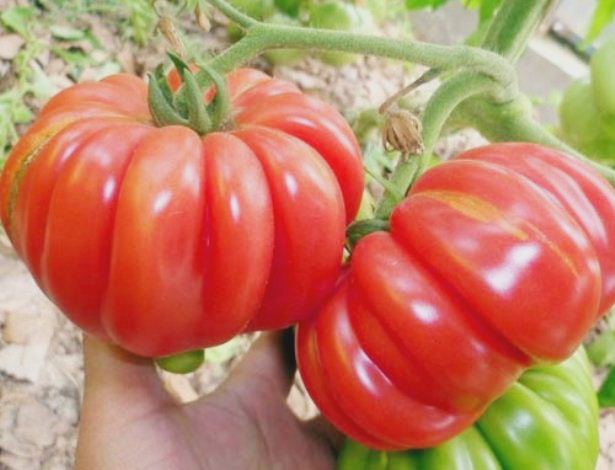Content:
Until several centuries ago, geese bred in Russia were popular throughout Europe. Live poultry was purchased for many countries in Russia. Geese were not taken to these countries, but led. To prevent the birds from trampling their feet during the long journey, they made resin "boots". To do this, the limbs of these birds were in turn dipped into cold water and melted resin. Before the long journey, the geese were well fed, then the herds of these individuals were driven to Europe. The herd came to buyers a little emaciated and worn out their "shoes". On the spot, they were fattened, and then used for their own purposes.
Geese of meat-feeding breeds are very popular, since such birds have the highest indicators of meat productivity. This article will talk about the Kholmogory goose - one of the brightest representatives of this breed.
History of the creation of the breed
Geese of Kholmogory appeared almost two centuries ago. To create this breed, Chinese geese were crossed with local individuals. The result is birds with great endurance and vitality, with a strong constitution, calm character. Kholmogory geese can perfectly take root in any climate. For them, the main thing is that there is a pond nearby, where these birds will swim with pleasure, simultaneously obtaining their own food.
The first time after the appearance of the Kholmogorov geese, it was possible to meet representatives of the breed only in the center of our country. In particular, these individuals could be found in many farmsteads in the Belgorod, Voronezh, Tula regions. Later, poultry farmers from Krasnodar Territory and from many other regions of Russia began to buy Kholmogory goslings.
The Kholmogory breed of geese is still in demand among poultry farmers, in 2018 they are bred not only in private farmsteads, but also for industrial purposes - many large poultry farms raise this bird for its delicious meat, and also sell hatching eggs and goslings to private entrepreneurs.
Characteristics and features of the breed
Description of the Kholmogory geese should begin with a story about their external data. These geese have a firmly built body, a massive, wide body. Their difference is a straight back, a medium-sized head rests on a long neck, a deep chest is well developed. The plumage is white, gray or spotted. But the most valuable is the perfectly white Kholmogory breed of geese. The color of the limbs and beak is orange with a yellow tint.
Geese of this breed do not differ in high egg production (after all, these are purely meat individuals) - they can lay no more than 44 eggs per year. Each egg can weigh between 175 and 195 g.
The main characteristic of geese is that they are good brood hens. In each hen, goslings hatch from half of the eggs in the clutch, and their survival rate is more than 97%.
Goslings of Kholmogory are distinguished by their early maturity and the ability to quickly gain weight, so by 2 months they can weigh more than 4 kg.
The weight of an adult male can reach 11.5 kg, the weight of females is lower (about 8 kg).
By the age of three, geese become sexually mature and can acquire goslings. Moreover, the males of the Kholmogory geese are monogamous - having chosen one goose, they live with it until the very end. The period of their life with good care can be 16-17 years.
Features of breeding geese
The main task facing the future owners of this goose breed is to create suitable breeding conditions for them. But you should not be afraid - these birds are unpretentious, they quickly get used to new owners, so there are no special difficulties in breeding them.
You will need a spacious poultry house in which these large individuals will live. Breeding rules for such geese suggest that each bird needs about 1 square meter. m of free space. In the southern regions, where geese spend most of their daylight hours, this area can be reduced to half a meter.
Drafts should not walk in the room, otherwise the geese will often get sick. The door is installed so that even a slight breeze does not arise in the room.
In winter, the floor is covered with any material - from straw to sawdust or peat. This flooring conserves heat and also absorbs moisture. The litter is changed regularly as it gets damp so that the geese do not get sick.
Geese need to swim regularly, so there must be a body of water nearby (river, pond or lake). If they are absent, an artificial reservoir should be equipped on the site.
The fast weight gain of the young, as well as the egg production of the geese and the health of the entire herd, depend on the correct feeding of these individuals. Females begin to lay eggs from the first decade of February, at which time their diet should include:
- cereals;
- peas;
- beans;
- finely chopped hay.
Roots should be part of the females' food.
Ganders in the breeding season can lose weight, so their diet should include cottage cheese, eggs (only raw!), Meat and bone meal.
The feeders should be positioned so that geese can approach them from all directions. Be sure to add chalk and fine gravel to your food. In the morning, the geese are given wet food, and in the evening - dry. Drinking bowls must always have clean water, otherwise these birds will poorly assimilate food.
In each gander, no more than 4 geese should be kept per gander. And each goose should only lay in its nest. Brooding eggs should not be stored for more than 2 weeks.
Breed advantages and disadvantages
The advantages of Kholmogory geese include:
- fast weight gain by goslings;
- high survival rate of offspring;
- good adaptability to different climatic conditions;
- good taste of meat;
- high yield during slaughter.
However, many poultry farmers who bred this breed also talk about disadvantages. The main ones are considered to be the low egg production of geese (which makes it difficult to find Kholmogory chicks for breeding), as well as the hatchability of goslings is below average (only 50% of chicks appear from the clutch).
Despite some difficulties in acquiring young animals of this breed, it is still worth breeding them if poultry farmers set themselves the task of getting a large amount of meat and fat, as well as by-products (goose feathers, down).
These geese do not require any innovative methods in the breeding and care process, so even novice poultry houses can take care of them.
